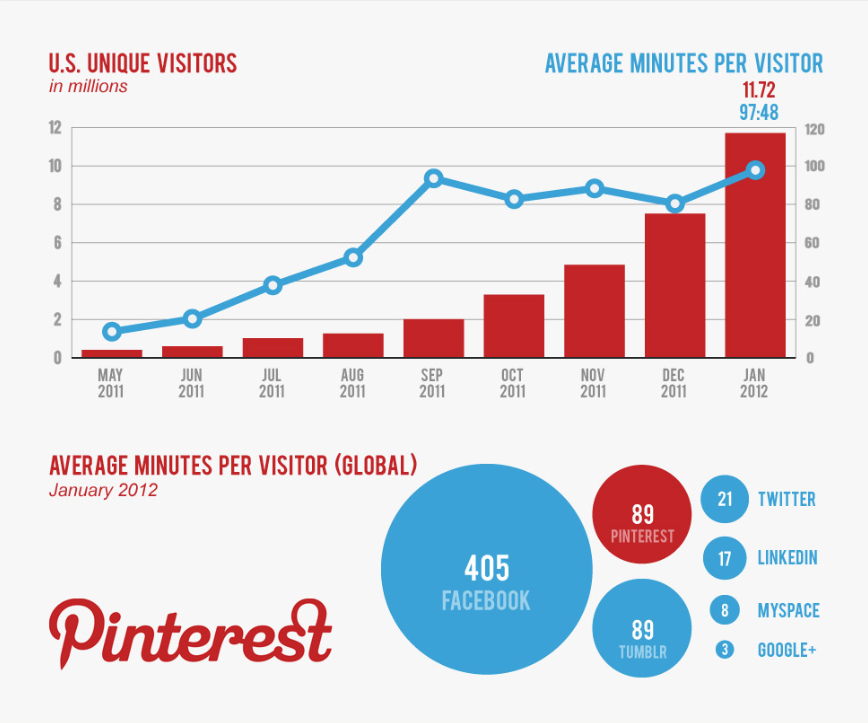Content marketing begins with a well designed website. Web design must be simple in design with functionality that makes the browsing experience enjoyable and easy (user experience). Your splash pages should load up fast (performance) and have content that is engaging (ongoing fresh and updated content).
THE BASICS
Social Media Marketing
-
- social bookmarking (Digg, Folkd, Linkagogo, Technorati, Squidoo, Tumblr, SumbleUpon etc.)
- #hashtags
- Open Site Explorer (backlink checks)
- Broken Link Checker
Title tags must be unique and specific to only that page with no more than 70 characters and have relevant keywords. The meta description should be no more than 165 characters and contain unique descriptions for each page.
An XML Sitemap identifies duplicate content (check and make updates regularly).
Local Citations provide your business information to sources that validate the popularity and credibility of your business with a search engine. Citations (Yelp, Super Pages, Localeze, City Search, Insider Pages, Local.com, CitySquares, etc.) should include:
-
-
- DBA (Dong Business As)
- Business Phone Number
- Business Website URL
- Business Categorization
- Main Keywords for your Business
-

Now more than ever content must be fresh and updated continuously.
Google Ranks Pages based upon:
-
- the age of your website.
- how much and how often you update your content.
- new pages (blogs/press releases).
- link growth (making your site more relevant).
- fresh rank (links from sites with high freshness scores).
- user behavior (bounce rate).
Websites need to become an authority within the topic if they expect to rank high. Take steps to ensure you rank high under Google’s Penguin:
-
- Author Rank.
- Google Plus.
- Social shares.
- Structured Data / Rich Snippets.
Rich snippets—detailed information is created to help users with specific queries. For example, the snippet for a doctor’s office might show testimonials and industry average price range.
The Structured Data page in Webmaster Tools shows the structured information that Google detects from your site. From the Webmaster Tools home page dashboard:
-
- On the Dashboard, click Optimization.
- Click Structured data.
The Structured Data page lists each type of structured data discovered on your site, along with the number of URLs containing each type. To see source URLs, click an item. In the Source URLs list, click a link to see the structured data Google was able to extract from that page. To see how a piece of structured data might appear in Google’s search results, click Rich snippets preview.
Rich snippets guidelines
Rich snippets are designed to summarize the content of a page in a way that makes it even easier for users to understand what the page is about in our search results.
In order to be eligible for rich snippets, you should mark up your site’s pages using one of three supported formats:
-
- Microdata
- Microformats
- RDFa
Once your content is marked up, test it using the structured data testing tool. If the tool correctly renders a rich snippet for your pages (they’re eligible to be shown with rich snippets). Always ensure that you describe and summarize the page’s main content as a user would see it. Make sure that content is up-to-date information (don’t show time-sensitive content that is no longer relevant).
Good content marketing includes sound link building to nurture relationships. Check out our Content Marketing Guide for more ways to lend authority to your brand message.
Hudson Valley Public Relations is one of the top Digital Marketing Agencies In New York. We connect brands with our professional full-service agency and web design partners.
Source:
Search Engine Land / Link Building / Content Marketing
prundergournd.com / Alex Miranda









